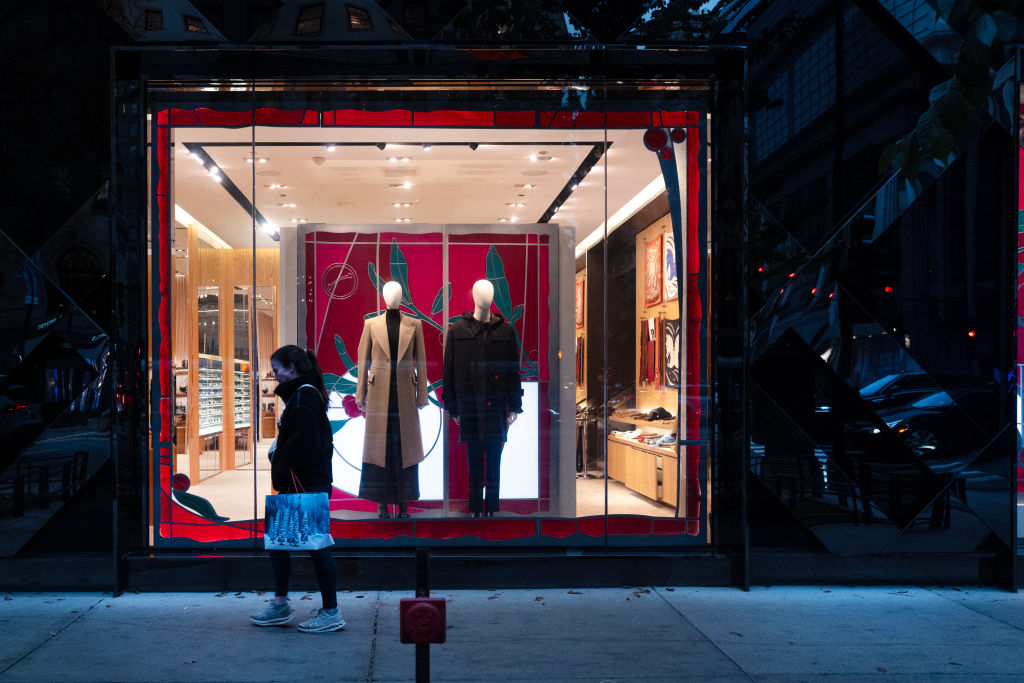The prevalence of shoplifting in major U.S. cities such as Chicago, New York, and Los Angeles has increased sharply since the COVID-19 pandemic, according to a recent report by the Council on Criminal Justice. Specifically, reported shoplifting incidents in Chicago surged by 46% from January to October 2024 compared to the same timeframe in 2023, reflecting a wider trend that has alarmed retailers and policymakers alike. This escalating retail theft concerns many citizens, with polls indicating that a significant majority still feel that crime levels are worse than in previous years. Criminologist Alex Piquero notes that this “sense of brazenness” amongst shoplifters not only damages the consumer experience but also adversely affects businesses. The rise in theft is correlated with the emergence of viral media showcasing property crimes during the pandemic, leading to heightened fears regarding public safety.
In response to the alarming rise in theft, various states have enacted legislation aimed at curbing retail crime. Eight states introduced a total of 14 bills in 2024 focused on redefining retail crimes and establishing stiffer penalties. However, major retailers have also turned to proactive strategies to protect their merchandise. Many have implemented security measures, such as locking up high-value items and hiring private security. Despite these efforts, the report indicates that shoplifting persists as a multifaceted challenge across many cities. Notably, Chicago reported an uptick in theft incidents during the early months of 2024 after remaining below pre-pandemic levels throughout 2023, revealing the ongoing struggle for local businesses to keep theft at bay.
The situation is similarly grim in other urban centers. For instance, Los Angeles saw shoplifting rates 87% higher in 2023 compared to 2019, while New York experienced a 48% increase in rates from 2021 to 2022, only to subsequently dip slightly. Nonetheless, the overall trend remains predominantly upward, particularly during the holiday shopping period when thefts are statistically more prevalent. Surprisingly, this trend of increasing theft rates occurs despite heightened attention from retailers who have implemented more rigorous monitoring. Researchers speculate that this may reflect improved reporting rather than an actual spike in theft incidents, complicating efforts to accurately assess crime trends.
As the retail environment shifts, a few frequent venues for shoplifting have emerged, particularly in designated high-foot-traffic areas within cities. In Chicago, lawmakers have introduced measures to redefine felony thresholds for retail theft, signifying a serious approach to managing this issue. Meanwhile, retailers across the country face organized retail crime, where coordinated groups steal goods with the intention of reselling them. Alarmingly, this type of theft has been linked to 36% of the estimated $112.1 billion in lost merchandise in 2022. Fear of violence associated with theft has also surged, leading retailers to adopt a more passive strategy regarding prevention.
Policy responses have varied by region, with increasing penalties emerging as a prominent strategy. California Governor Gavin Newsom recently signed a series of bills aimed at addressing retail theft, escalating penalties for repeat offenses, and enabling law enforcement to aggregate charges across jurisdictions. Similarly, New Jersey is considering legislation that would strengthen penalties against organized retail criminals. Through these measures, lawmakers are signaling that a decisive response is necessary for detracting criminal enterprise from thriving within communities.
Despite specific legislative actions, understanding the full scope and impact of retail theft remains an ongoing challenge. Enhanced reporting from retailers is essential to grasp the complexities of shoplifting trends, yet inconsistencies in law enforcement reporting hamper accurate analyses of the extent of the problem. For example, discrepancies between the FBI’s Summary Reporting System and National Incident-Based Reporting System illustrate varying perceptions of theft rates across jurisdictions. Ultimately, effective policy-making and resource allocation for law enforcement depend on the most accurate crime reporting, an area that requires continuous improvement to tackle the persistent issue of retail theft in a comprehensive manner.

